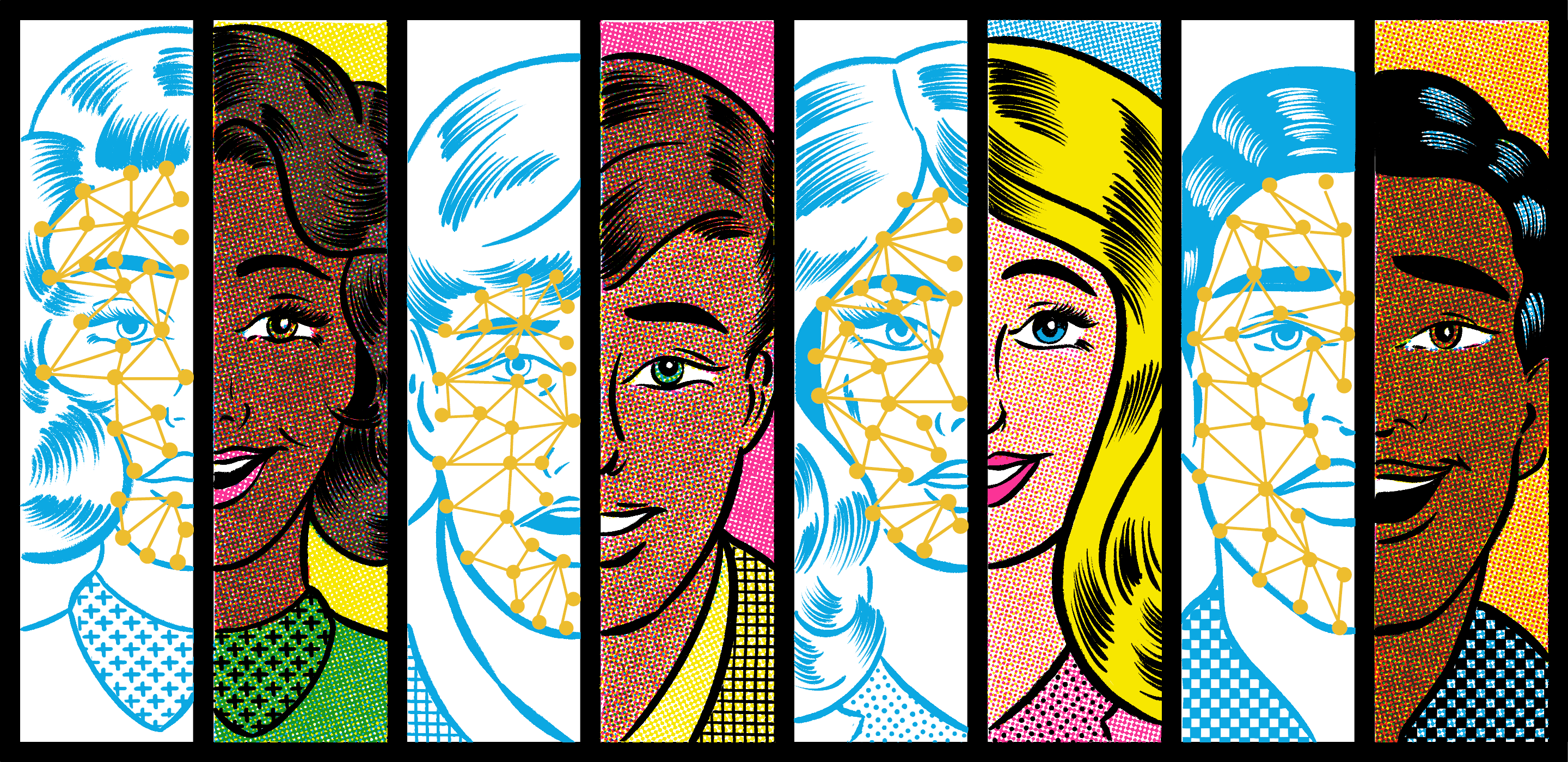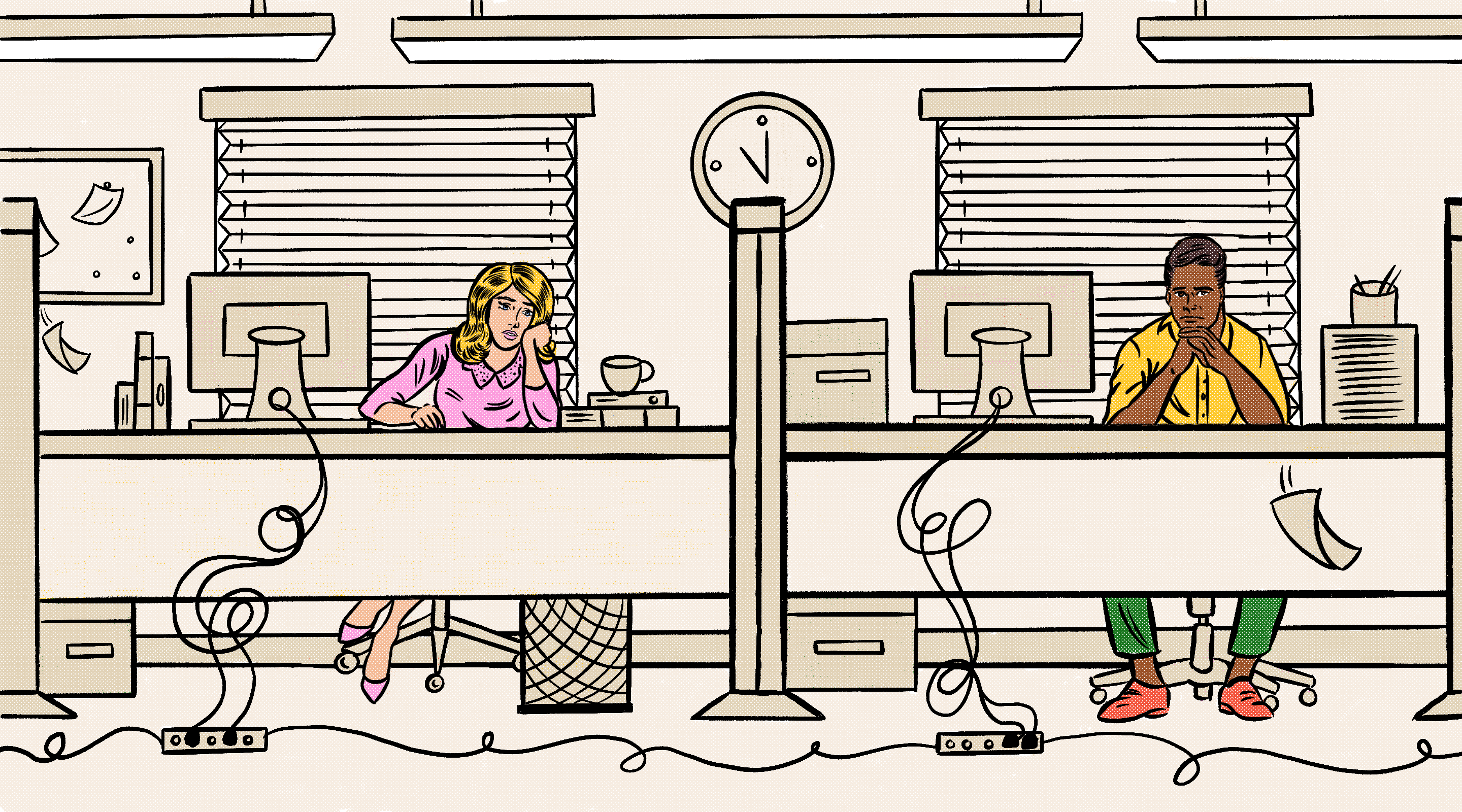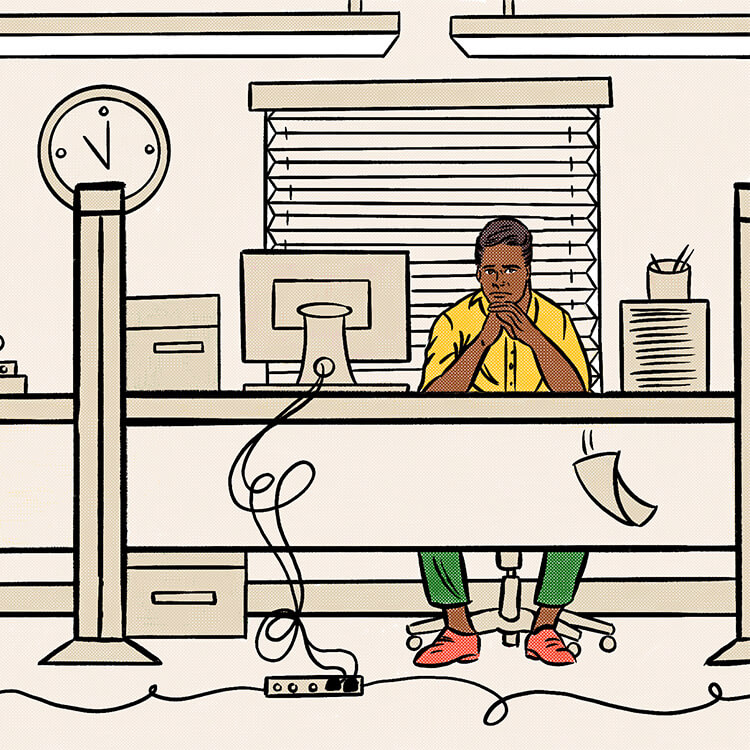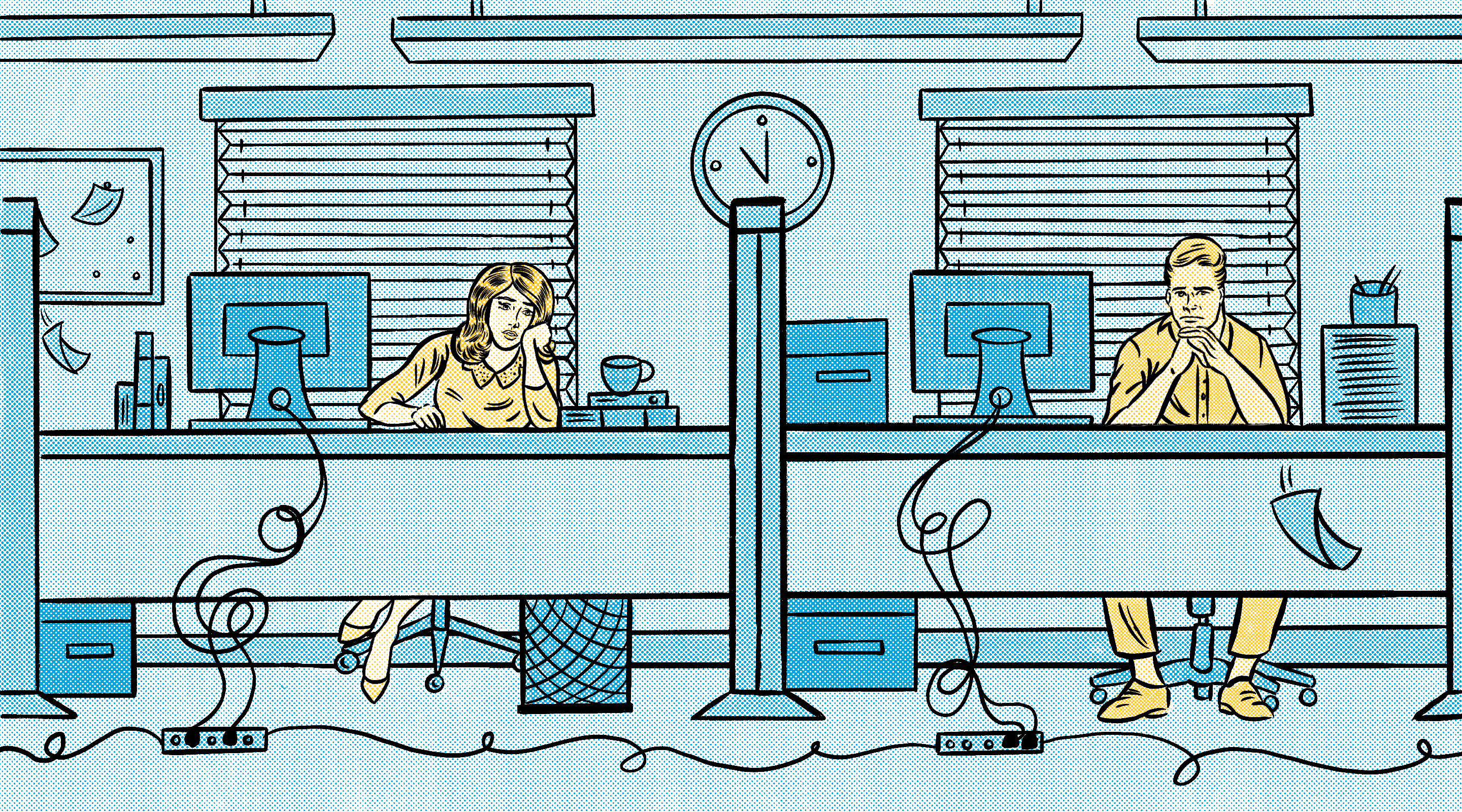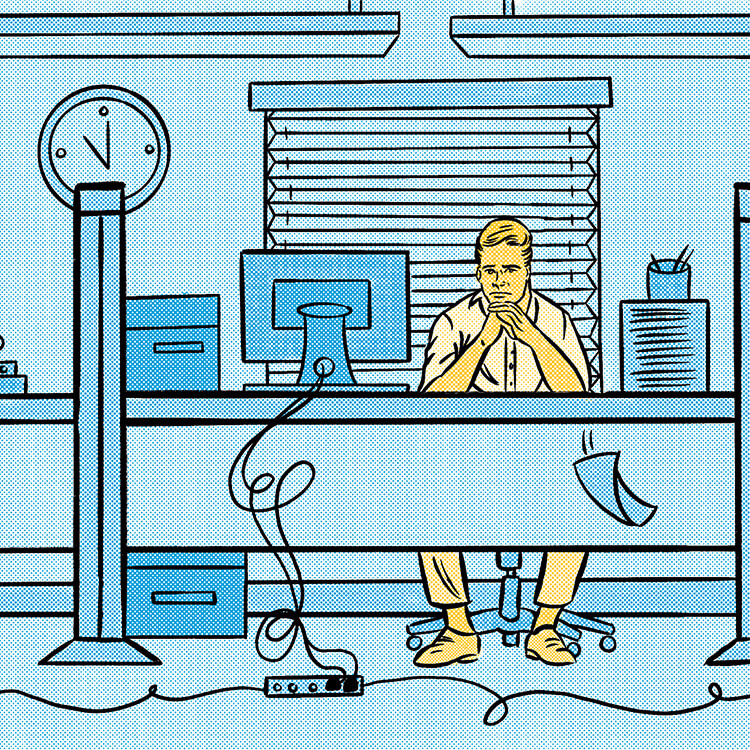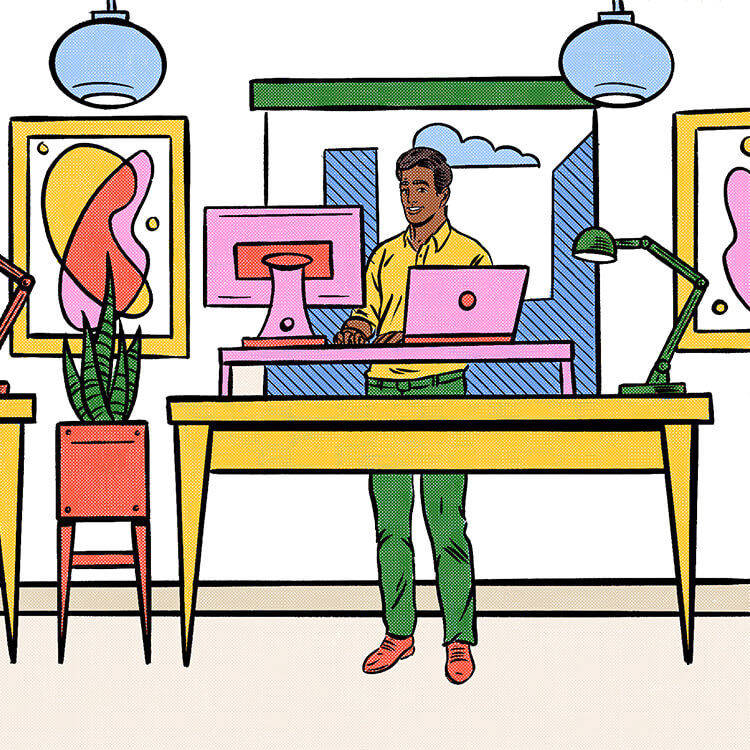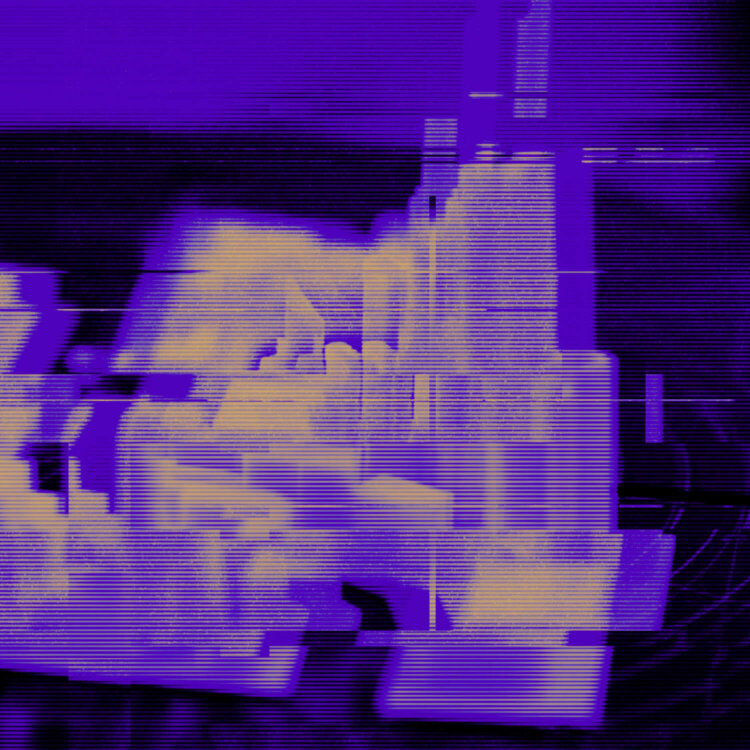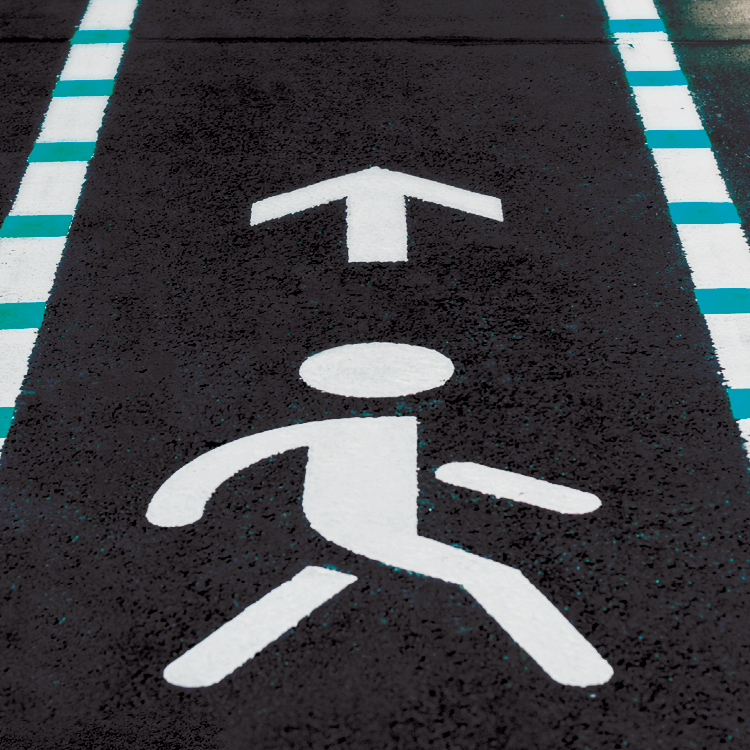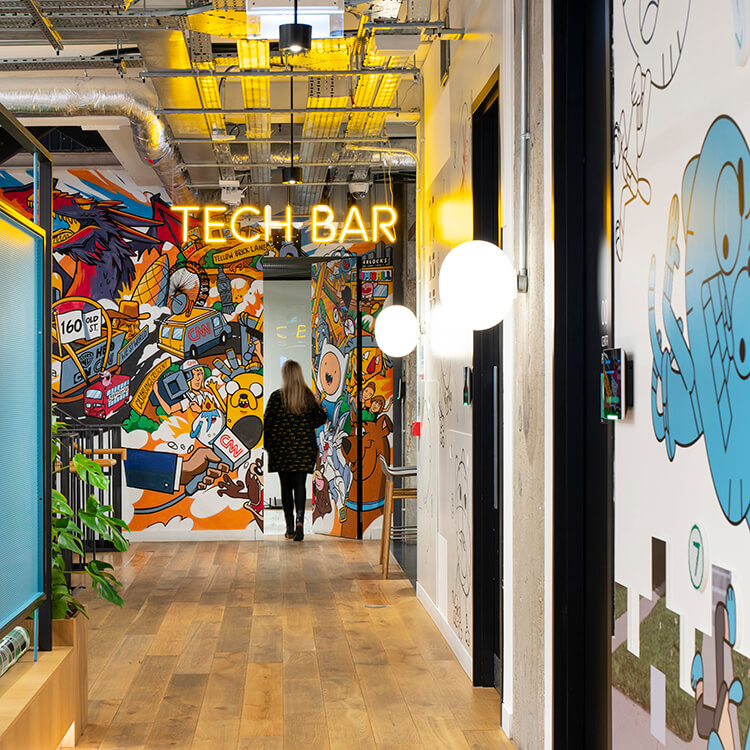Architects and designers are optimistic. And today, some are experimenting with a version of facial recognition software that may be able to help them design workplaces that enhance employee well-being and increase the value and performance of real estate. Commonly referred to as emotion-sensing technology or automated affect recognition (“affect,” as in, the physical manifestation of an emotion), the software scans for facial expressions and micro-movements of face and eye muscles. It then uses those scans to identify whether a person is feeling bored, stressed, surprised, happy, sad, worried, or angry, among other emotions. In theory, designers could use this data to make enhancements to the workplace that make employees happier, healthier, and more productive—and, by extension, owners could make their real estate more desirable. One day, perhaps.
In 2021, a team of Perkins&Will designers in London piloted emotion-sensing technology in their own workplace. They wanted to better understand how their colleagues were using various spaces within the office, and how those spaces were affecting their emotional state. Designers were prepared to respond to the sensors’ data by making adjustments to the layout and design of their workplace—changing where desks are positioned, for example, to allow for better views or more exposure to natural light, or introducing new color schemes, temperature controls, or lighting options—if it meant improving people’s well-being.
